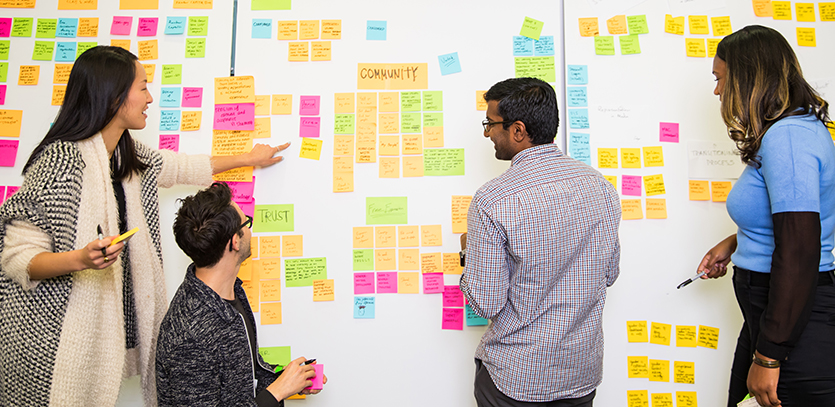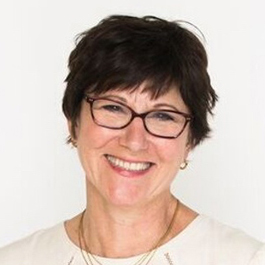Design Research
Understanding the emotional "why" behind the things we design
 Robert Posacki ('20) joined the MMM Program because he wanted a business school experience that would challenge him to solve problems in new ways.
Robert Posacki ('20) joined the MMM Program because he wanted a business school experience that would challenge him to solve problems in new ways.
"The human-centric design side of the MMM Program delivers on that for me," he says, "It provides a different skill set that can tackle challenges from another angle."
The dual-degree MMM Program combines an MS in Design Innovation focused on design thinking, innovation, analytics, operations, and product management skills from Northwestern Engineering's Segal Design Institute and an MBA from the Kellogg School of Management. It emphasizes using creative and critical thinking to solve complex problems through the integration of human-centered design and business skills.
The program's Design Research course provided just what Posacki was looking for—a deep dive into the human-centric element of the design thinking process. "Design thinking has so much depth and nuance, and this course helps break down the critical steps of design research so students can better apply these skills to situations in the future," he says.
Humanizing innovation
The five-week course shows students how to use design to gain the kind of empathic insights that are necessary for human-centered innovation, drawing on psychology, engineering, and anthropology.
 "Design research is the fuel for design-based innovation," says Adjunct Professor Amy Schwartz, who serves as a faculty adviser in the MMM Program. "You can't just get it from surveys or market research. You need to see the workarounds that people engage in."
"Design research is the fuel for design-based innovation," says Adjunct Professor Amy Schwartz, who serves as a faculty adviser in the MMM Program. "You can't just get it from surveys or market research. You need to see the workarounds that people engage in."
For more than 30 years, Schwartz has used her training as a cognitive psychologist to humanize technology. She has applied her human-centered design expertise in leadership roles with Battelle Memorial Institute and IDEO.
In Design Research, Schwartz and Adjunct Professor Andrew Burroughs, vice president of customer engagement at Healthy Minds Innovations, engage students to go deep on unfamiliar topics to teach them tools and methods for discovering insights that fuel design thinking. Similar to an apprenticeship studio, the students learn by doing.
Getting at the heart of what matters
The class project involved uncovering design insights to better serve the LGBTQIA+ community. Each team had a client type—such as travel, hospitality, police, parks and recreations, a political campaign, healthcare, or retail—to help focus and identify unmet needs. Schwartz and Burroughs recruited participants from the Chicago-area LGBTQIA+ community and their allies, which was a huge help, says Posacki.
"We were able to get right down to business, interviewing in the field with people outside the university bubble," he shares. "The range of experiences we heard was huge. The interviews highlighted the importance of asking open-ended questions and inviting people to tell their stories as a way to get at the heart of what really matters to them."
One of the techniques the course emphasizes is the importance of interviewing people in their own environments to gain rich insights that researchers can't get from phone calls or focus groups. Another tool involved designing props and examples—or research stimuli—to help foster conversation.
"I enjoyed seeing the results," Posacki says. "Every team's experience was a new opportunity to learn which techniques worked out in the field."
Bringing the design process to life
Teams uncovered unexpected needs that transcended client type, such as creating a sense of safety. The importance of universal designer inclusiveness was another big takeaway.
"They learned that with human-centric design, it's not just about being LGBTQIA+ friendly; it's about being inclusive of everybody," Schwartz explains. "If somebody from this community goes to a park and sees that the designers paid attention to people who have mobility challenges or to the needs of children, it suggests that there is a thoughtfulness about being inclusive, which makes them feel more comfortable."
For Posacki, the course brought valuable tools of the design process to life—skills that will form the foundation of his work with future clients.
"We've all had experiences where we invest a lot of time, energy, and often money into coming up with the perfect solution to the wrong problem," he says. "Design Research helps ensure we understand the emotional ‘why' behind the things we design."
